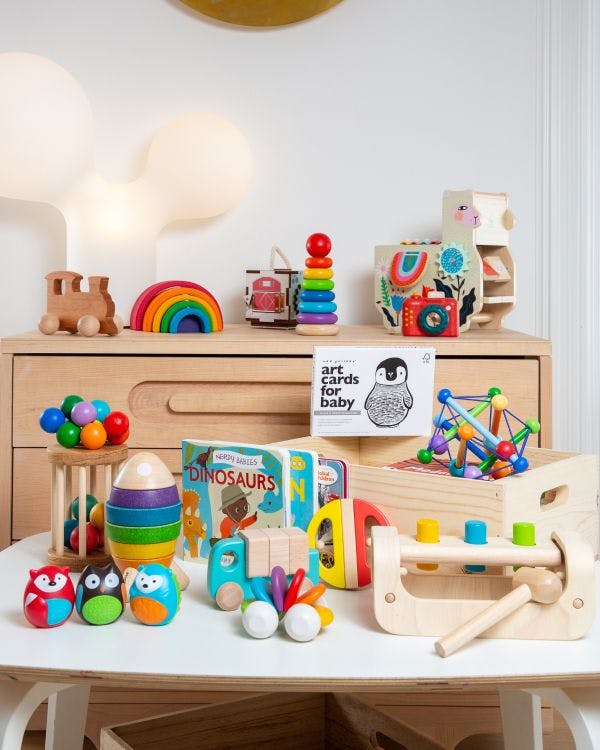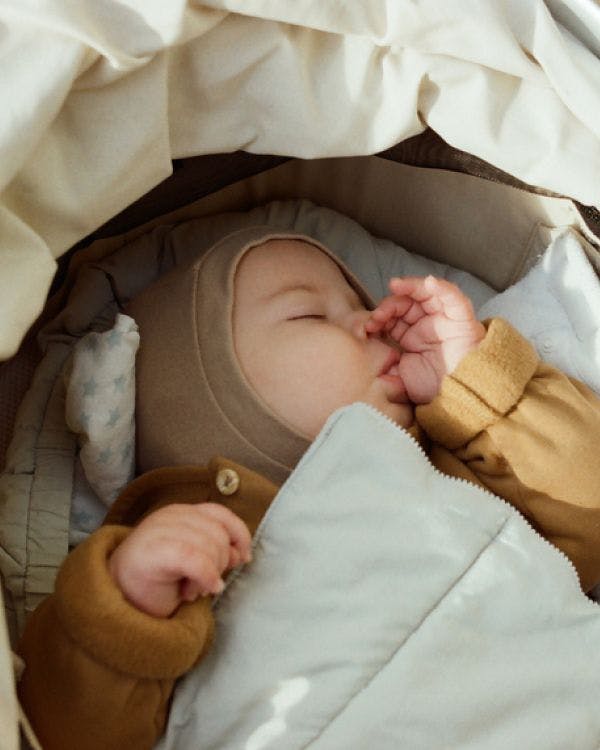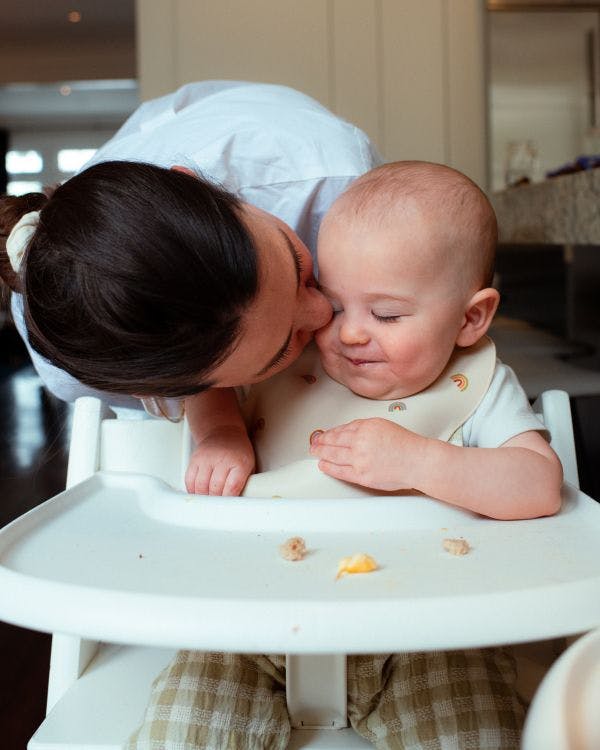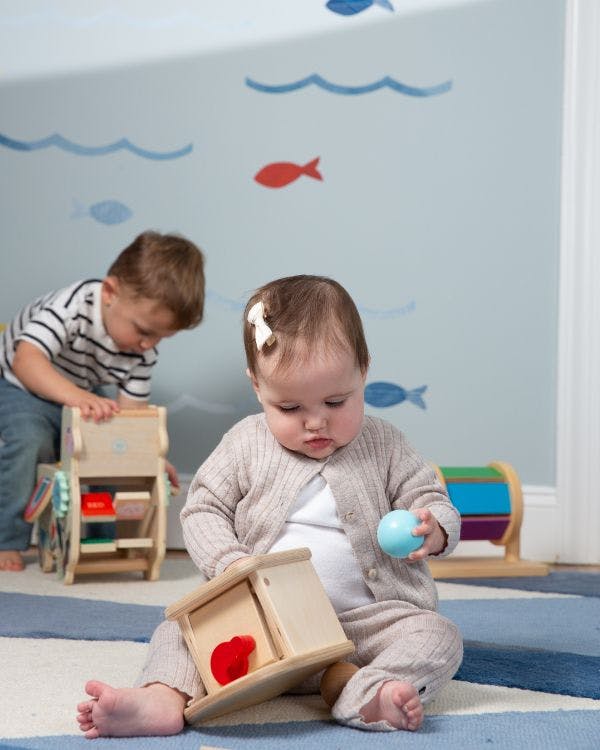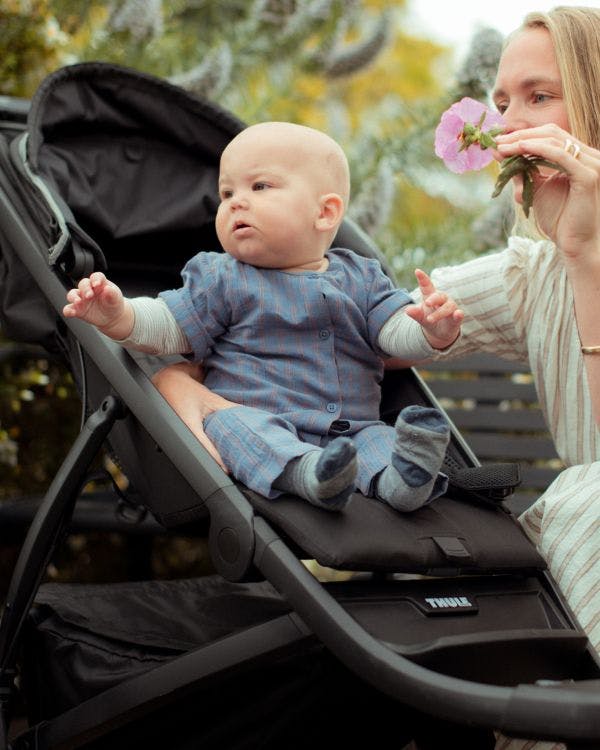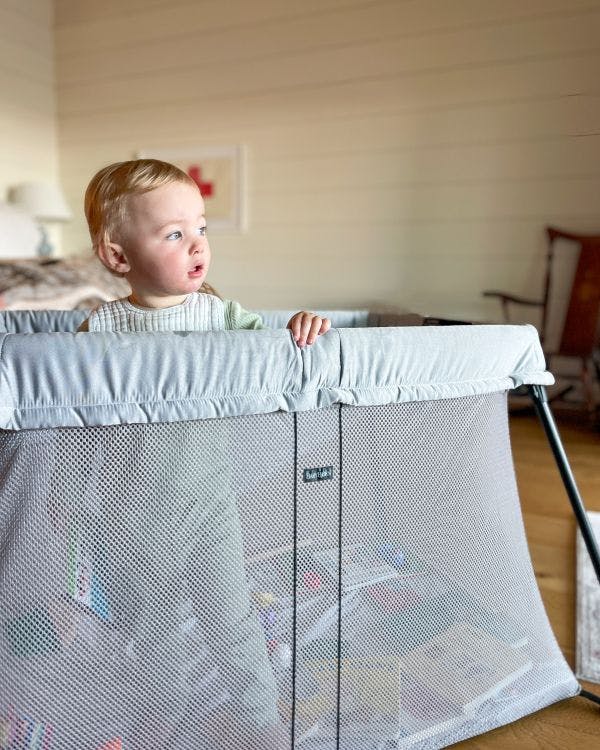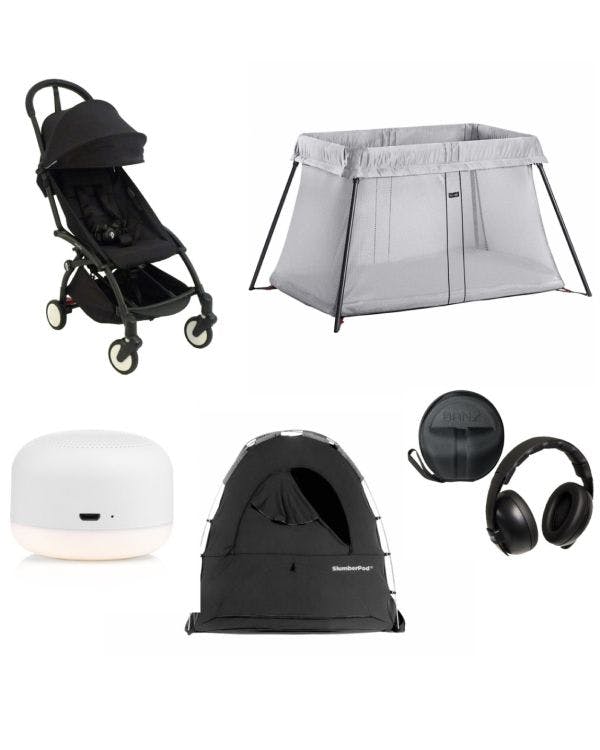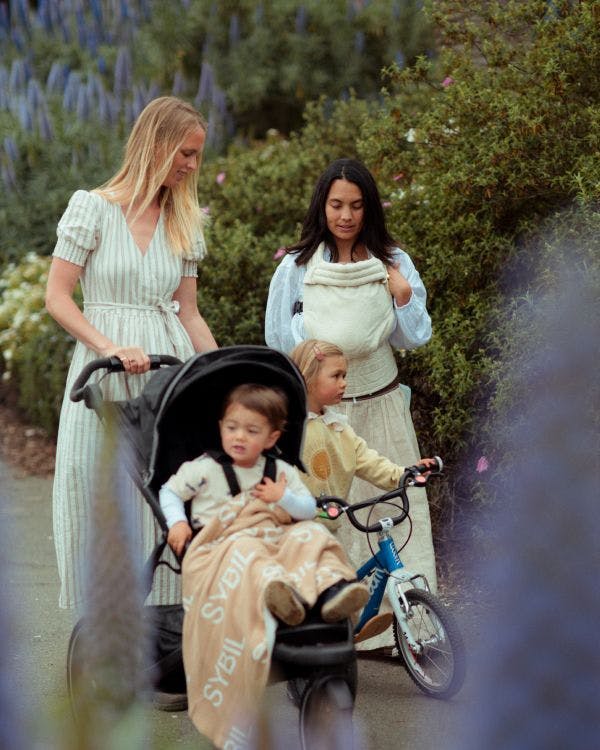LOOPLIFE
>
FRATERNAL VS. IDENTICAL TWINS: WHAT’S THE DIFFERENCE?
FROM LOOP HQ

Fraternal vs. Identical Twins: What’s the Difference?
Written by: Lauren Reinhard
Published: December 15, 2022
Finding out that you’re expecting two babies is exciting and overwhelming. On the one hand, you’re about to receive double the love and double the cuddles. On the other hand, you’re about to feed double the mouths and change double the diapers.
If you’re expecting twins, we imagine you have a lot going on right now. And we don’t blame you for having questions. In your shoes, we would be the same way! (Here's our favorite wagon to rent for twins, too!)
For families who have little experience with twins, starting with the basics is a good first step. In this post, we’ll cover the differences between fraternal vs. identical twins. Understanding these differences will give you a better idea of what to expect when your new additions join your family.
What Are Fraternal Twins?
When two different eggs are fertilized by two different sperm cells, fraternal twins are the result. Scientifically, these sibling pairs are referred to as “dizygotic” – with “di” meaning two. Interestingly, the likelihood of having fraternal twins varies across the world, while the rates of identical twin births stay consistent.
Here are some other factors that define the differences between fraternal and identical twins. Fraternal twins are:
- Often different genders
- Like any other pair of siblings, just born on the same day
- Often born with different blood types
- Developed in separate placentas with separate umbilical cords
The majority (around two-thirds) of all twin sets are fraternal. And can fraternal twins look identical? Yes. In fact, this happens more than you might think.
What Are Identical Twins?
Identical twins are born after one fertilized egg splits. This is why identical twins are referred to as “monozygotic” in the scientific community. (“Mono,” in this instance, refers to one.) Identical twins are much less common than fraternal ones. The odds of giving birth to identical twins are only about 3 in 1,000.
Other defining features of identical twins are listed below. They are:
- Made of nearly identical genetic codes
- Always the same gender
- Always born with the same blood type
- Virtually identical, with small differences being the result of environmental factors
One-third of all twin sets are identical. And one-fourth of identical twins are mirror images of each other. In these cases, the right side of one twin matches the left side of the other one.
Interestingly, the children of identical twins are genetically more similar to half-siblings rather than first cousins.
Can Fraternal Twins Look Identical? And Can Identical Twins Look Different?
Identical twins are sometimes easy to identify in the womb. While fraternal twins always have their own placentas, around 70% of identical twins share a placenta. However, some identical twins have their own placentas.
And fraternal twins are sometimes easy to identify when they look different or are of different genders at birth. But as with any other siblings, fraternal twins may look extremely similar as infants.
Are Identical Twins Truly Identical?
Identical twins have the same genes, so you would think they are 100% alike. However, sometimes identical twins can have different weights or heights due to their positioning and their connection to the placenta.
And all twins, no matter if they are fraternal or identical, have unique fingerprints.
How Do You Know for Sure if You Have Fraternal vs. Identical Twins?
If there is confusion about whether a set of twins is identical or fraternal, there are tests available to determine the answer. Blood-group testing and DNA testing are two options available to families.
What Factors Increase the Odds of Having Twins?
You’ve probably heard that twins run in families. But if you don’t have a recent history of twins in your ancestry, you may wonder what other factors come into play. We’ve broken down some of the circumstances that seem to affect the likelihood of twins;
Fertility Treatments
Many programs that assist in reproduction do so by stimulating the ovaries to produce more eggs. In these cases, several eggs may be released during ovulation – increasing the odds of twins.
Race
African-American women have the highest twinning rates in the United States. Asian-American and Native-American women have the lowest. Interestingly, white women over the age of 35 have the highest rate of higher-order multiple births (3 or more babies.)
Age of the Mother
On that note, it’s worth mentioning that women in their 30s and 40s also have a higher likelihood of conceiving twins. Likewise, women who have had a higher number of previous pregnancies are also more likely to bear twins.
Find Double the Equipment at Loop
The cost of two babies is inevitably more than the cost of one. There are no two ways about it (if you’ll forgive the pun).
With Loop, you can make the financial burden much more manageable. If you know someone having twins, Gift Loop to make their lives much easier!
You might also like

Annual Warehouse Sale

Summer of Loop

Stroller Showcase

